As a part of its “sustenance plan” preceding Nissan India’s entry into the midsize SUV market in 2025, the Japanese automaker will rely on Magnite exports and the rejuvenation of the compact SUV over the next two years. Essentially, Nissan intends for its compact SUV to maintain a strong presence in India until the arrival of its C-segment SUVs.
The facelift for the Nissan Magnite is set to be available globally
While a specific timeline has not been confirmed, Nissan is preparing to launch the Magnite facelift in India around the middle of 2024. As part of its strategy to expand its overseas business from India, Nissan will export the refreshed Magnite to Left Hand Drive (LHD) markets such as Mexico and aims to explore additional markets in Africa, the Middle East, and Latin America.
The company has also decided to extend the lifespan of its Sunny midsize sedan for exports to the Middle East beyond 2023, contributing to improved plant utilization. Currently selling only one model in India, Nissan plans to continue this trend for the next two years.
Francois Bailly, Chief Planning Officer of the global business unit at Nissan Motor Corporation, stated in an interview that the Magnite SUV has garnered significant success locally and in South Africa, prompting the need to grow its business in more export markets. With the introduction of the left-hand-drive version, new markets in Africa, the Middle East, Latin America, and Mexico are expected to open up.
Nissan’s volume for the Magnite in India has been approximately 25,000 to 30,000 units per annum. The export of the left-hand-drive Magnite presents the potential for incremental production volumes of about 40,000 to 50,000 units.
Bailly, involved in shaping Nissan’s new mid-term roadmap, believes that India will play an even more significant role in the future, especially with the introduction of midsize SUVs and A-segment electric vehicles between 2025 and 2027. He emphasizes India’s status as the third-largest growing market and underscores the potential for growth, particularly with the cost performance of localizing production in India.
Despite recognising the developmental pace in the Indian market, Bailly emphasises Nissan’s position as a challenger brand and stresses the importance of getting things right, even if it takes time, as Nissan is willing to wait it out.
Compressed Natural Gas (CNG), Battery Electric Vehicles (BEV), and hybrid options are all integral components of the planning process
As the brand prepares to introduce its upcoming lineup of cars and SUVs in the Indian market, discussions are underway regarding various powertrains, including Compressed Natural Gas (CNG), E-Power hybrid technology, and pure Battery Electric Vehicles (BEV). Bailly expresses his confidence in India’s transition to electric vehicles (EVs), but in the interim, while EVs gain prominence, Nissan is exploring the applicability of diverse technologies.
Regarding CNG, Bailly suggests its suitability for an MPV, with an ongoing evaluation of a Nissan-made MPV based on the Renault Triber. Concerning E-Power Hybrid technology, he affirms that Nissan is actively considering its implementation in India, emphasizing its significance in meeting regulations like Corporate Average Fuel Economy (CAFE) by enhancing fuel efficiency and reducing CO2 emissions. E-Power Hybrid technology is considered unique to Nissan, and the company is actively assessing its potential in the Indian market.

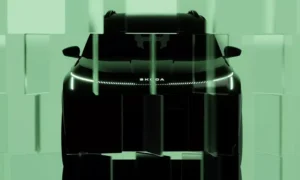

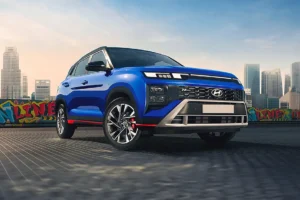


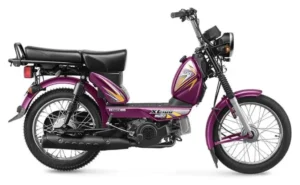
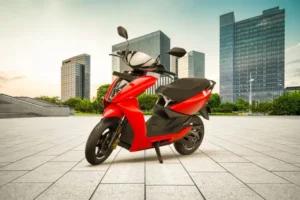
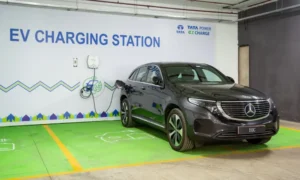
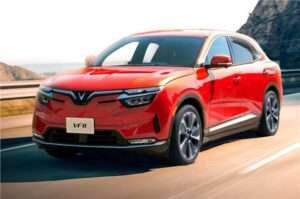
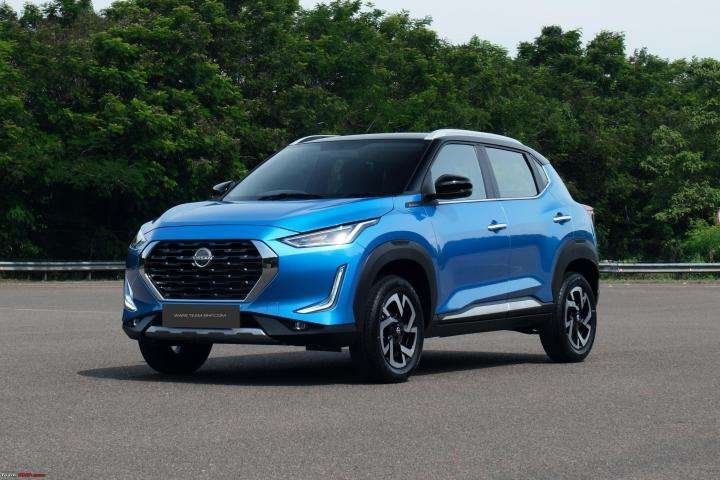
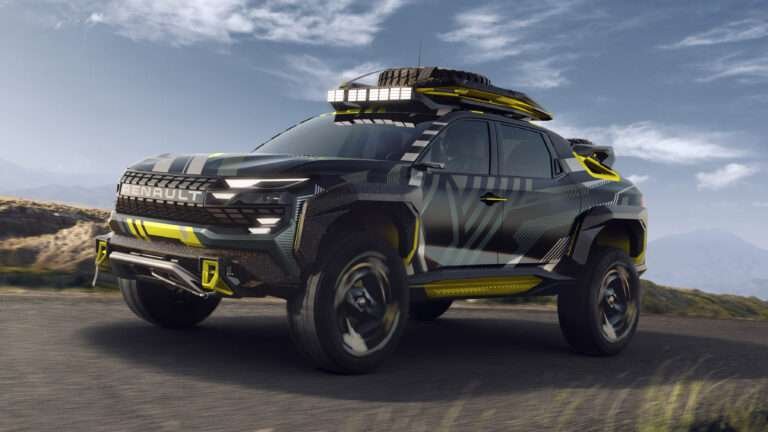
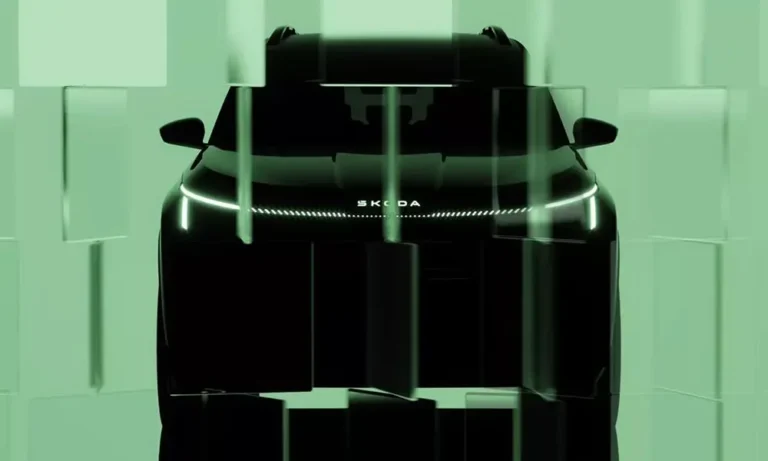
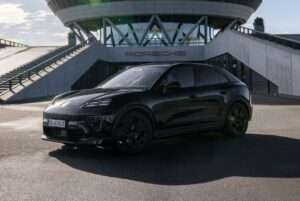


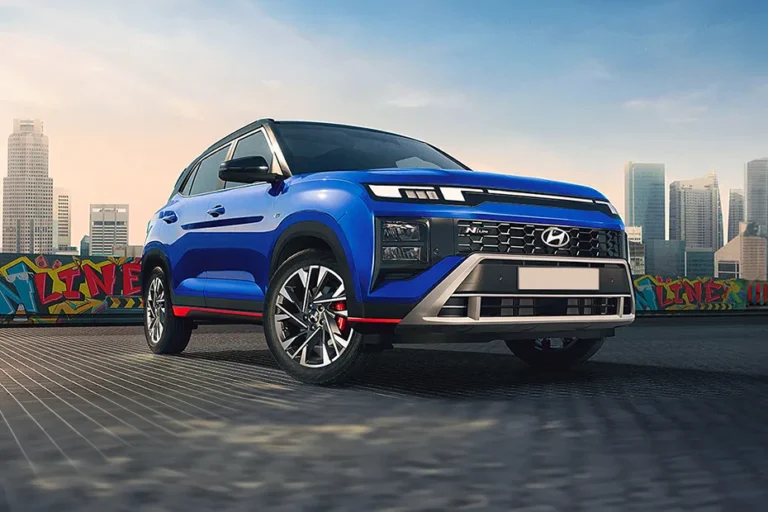
+ There are no comments
Add yours